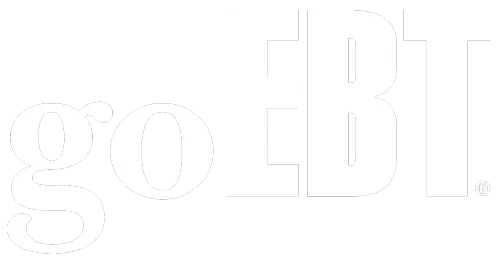Convenience stores have become popular stops for quick and convenient meals. Foodservice sales increased by 20.5% to $43.2 billion in 2021, yet 6 in 10 shoppers are not happy with the current selection of healthy foods.The post-pandemic world has brought an intense focus on physical health and well-being, as 70% of Americans are more conscious of their physical health post-pandemic, according to the New York Post.
Developing a Well-Rounded C-Store Shelving Strategy
By now, all c-store retailers should be aware of the importance of optimizing the shelves in their store. Where a product is placed can make all the difference in whether it sells. There are several best practice concepts that store owners can use to best organize their store shelves and keep their profits rising.
- Focus on eye level – Consumers will always notice the things that are easily seen as their walking through your c-store. Placing items they are likely to buy or be looking for at eye level is important.
- Organize your categories – When the items on your shelves are neatly organized by categories, not only can consumers easily find what they’re looking for, they have the opportunity to look at different varieties or even complimentary products.
- Avoid out-of-stocks – 24% of consumers will stop shopping at a store for some period of time after experiencing an out-of-stock. Make sure that your shelves aren’t missing items and look full at all times.
- Pay attention to consumer patterns – Analyzing your customers’ buying habits and even how they walk through your store is a great first step in deciding how to lay out your products. Optimize your shelves to provide the ideal consumer store experience and boost your sales based on real customer data instead of guesses.
Another key part of developing a winning shelving strategy is the shelf structure and set up itself. Balvor LLC Managing Partner David Bishop gave a webinar on April 19th entitled “What Winning at the Shelf Looks Like”. In his webinar, Bishop identified key challenges and best practices in winning over the c-store customers and boosting sales with the ideal shelf merchandising strategy. Bishop identified what he considers the six key considerations for shelf merchandising:
- Warehouse-delivered.Improve labor efficiency, reduce costs of product handling.
- Front-load stocking.Reduce time associated with manual rotation.
- Strong unit sales.Make products in high consumer demand easier to find.
- Pegged products.Requires more time for stocking/restocking, could potentially have damage.
- Above-average penny profit.Items on which c-store retailers don't want to miss a sale.
- Impulse-driven."If categories are generating significant shares of business through impulse purchases, seeing is believing in the sense that you can't buy what you don't see. So, if we can use shelf-merchandising systems that solve that issue, we can capture more sales that we might otherwise forfeit," Bishop said.
C-store industry experts are urging retailers to keep their store shelving at front of mind. While store owners are evaluating their shelf structure and product placement, they should be thinking from total store, aisle and department, and category perspectives to best optimize space in the store. The continuous practice of optimizing store shelves should be prioritized to ensure that store owners are not only encouraging consumer sales, but also making the most of inventory dollars.

![Webp.net-resizeimage-9[1]](https://blog.goebt.com/hubfs/Webp.net-resizeimage-9%5B1%5D.jpg)


